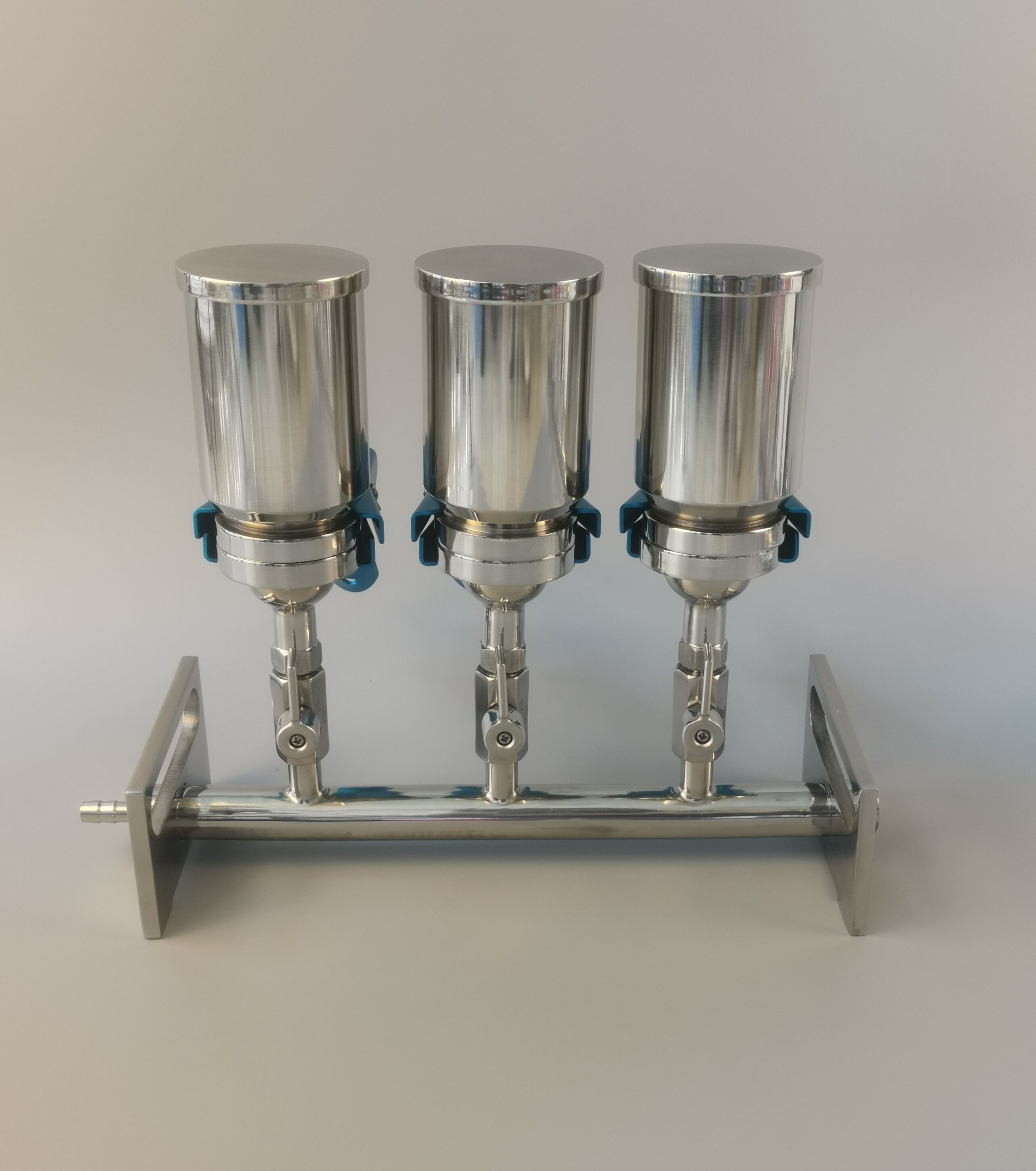spin column protein purification
Spin column protein purification represents a revolutionary approach in molecular biology and biochemistry for isolating and purifying proteins with exceptional precision. This technique utilizes specialized microspin columns containing a solid matrix or resin designed to selectively bind target proteins while allowing contaminants to pass through. The process typically involves three main steps: binding, washing, and elution, all facilitated by centrifugation. During the binding phase, the protein sample is introduced to the column where target proteins attach to the matrix based on specific molecular interactions. The washing step removes unwanted substances, while the final elution step releases the purified protein. This method's efficiency stems from its ability to handle small sample volumes, typically ranging from microliters to milliliters, making it ideal for laboratory-scale purifications. The technology incorporates various binding mechanisms, including ion exchange, affinity, and size exclusion, allowing researchers to choose the most appropriate method for their specific protein of interest. Modern spin columns often feature innovations such as specialized membrane materials, optimized pore sizes, and enhanced surface chemistry to maximize protein recovery and purity.

